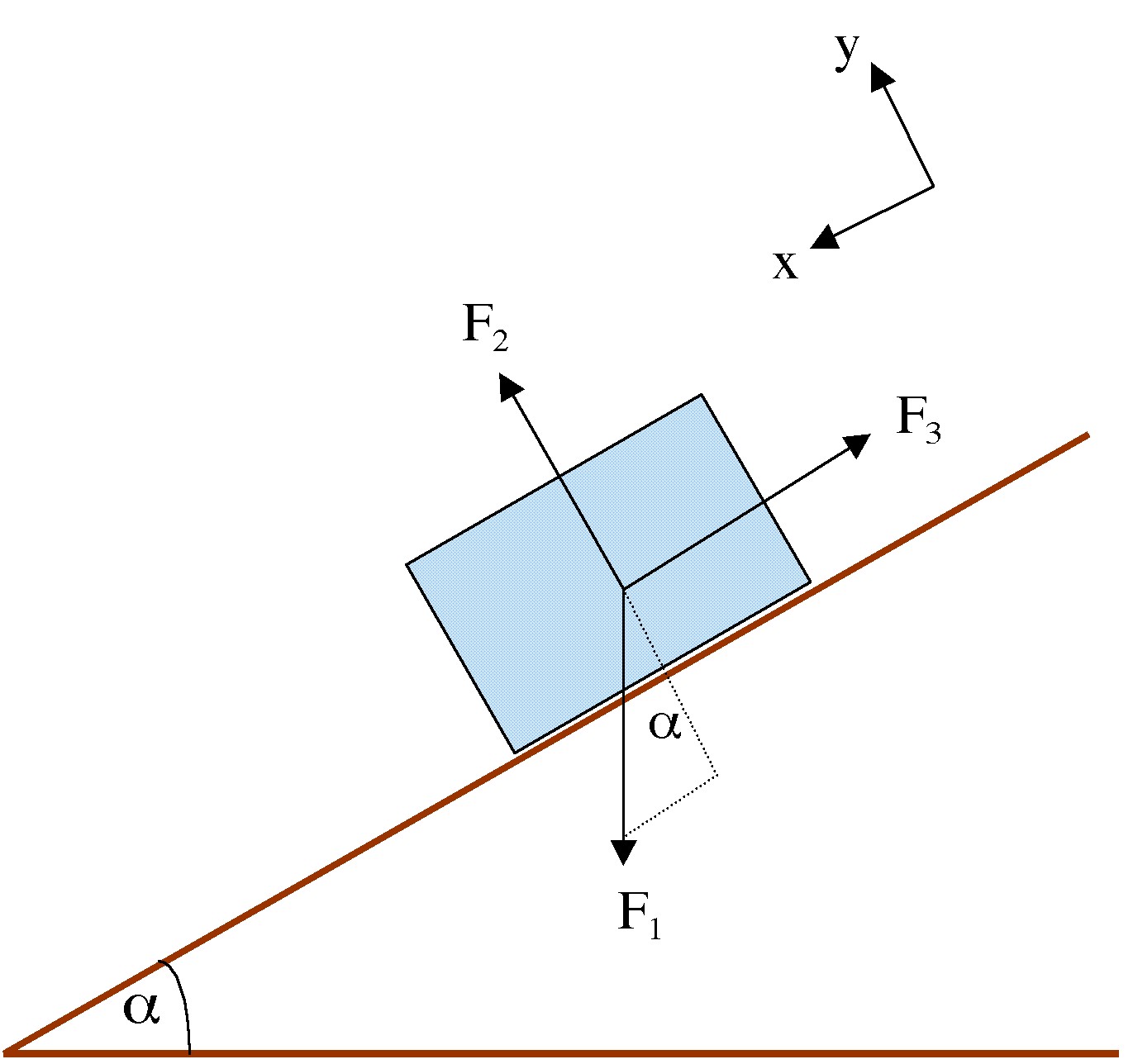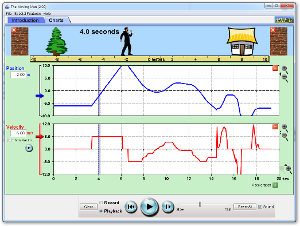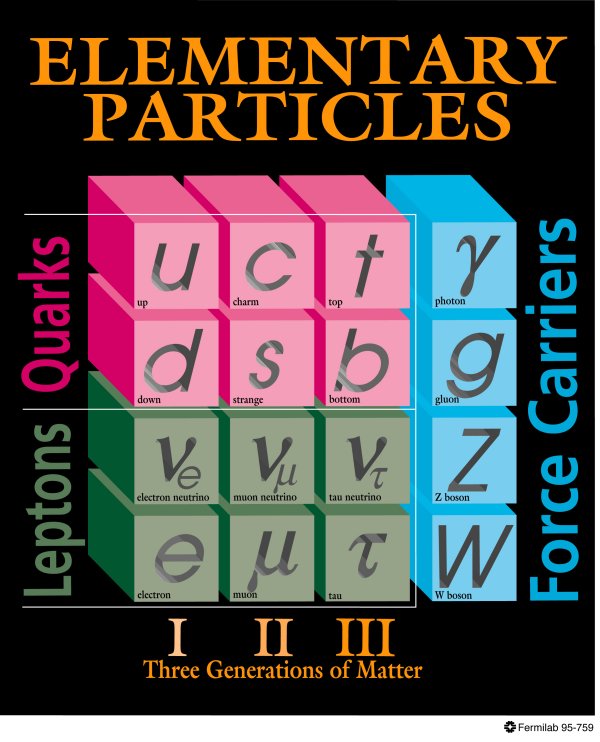1. Take your test. If you do not feel comfortable taking your test at this time, please tweet me before 10 am.
2. In the computer lab, work with the following simulation. This should take about 35 minutes. You are expected to gather data and work as a team of two or a maximum of three. Submit a data report before you leave, highlighting with a box or marker what you feel are the important conclusions from the following.
Today's Goal
- Predict how varying initial conditions affect a projectile path.
- Use reasoning to explain the predictions.
- Explain projectile motion terms in their own words.
- Describe why using the simulation is a good method for studying projectiles.
1. One day after school, you are enjoying a soda in the back yard. When the can is empty, you decide to throw it in the trash can. What affects whether or not it gets in the can?
2. Open the Projectile Motion sim. Play around with the various things you can change: you can change the height of the cannon, the location of the cannon, its angle, etc. A tape measure is present to help you measure heights and distances. Use the sim to test your ideas about the things that affect the landing spot of a projectile.
Make a complete list of things that affect the landing site of a projectile including your ideas from question #1 and any discoveries you made using the simulation.
Next to each item, briefly explain why you think the landing location changes.
Compare your list with another group, discuss your explanations and make modifications.
3. Draw the flight path of your soda can and describe the shape. Use the simulation to investigate how the items you listed in #2 affect the shape of the flight path. Summarize your discoveries including explanations for the different flight paths.
4. Launch an object from the cannon and make it hit the target. List the angle, initial speed, and mass of the object.
5. Suppose your friend asks you to tell them about projectiles. You start to explain, but she interrupts. “Wait,” she says, “You’re using a lot of words I don’t understand. Can you explain in English?” Knowing that a picture is worth a thousand words, you draw a picture of a projectile path and label all the terms that are on the simulation page. Draw a picture like you would for your friend and write what you would tell her about the terms.
6. Describe why using the simulation is a good method for studying projectiles. Clearly identify the error sources the simulation eliminates or minimizes, compared to launching projectiles yourself and studying the actual flight path and landing spot.













